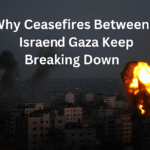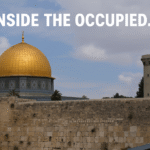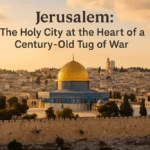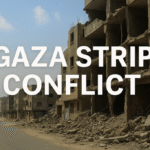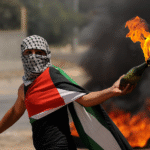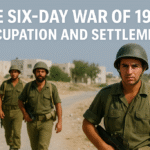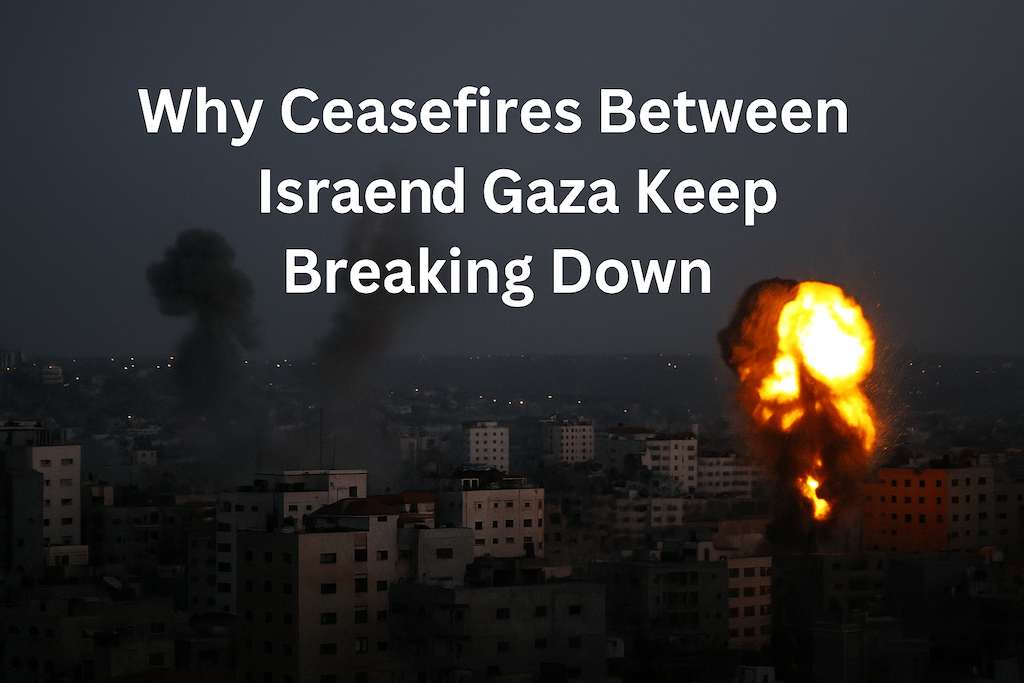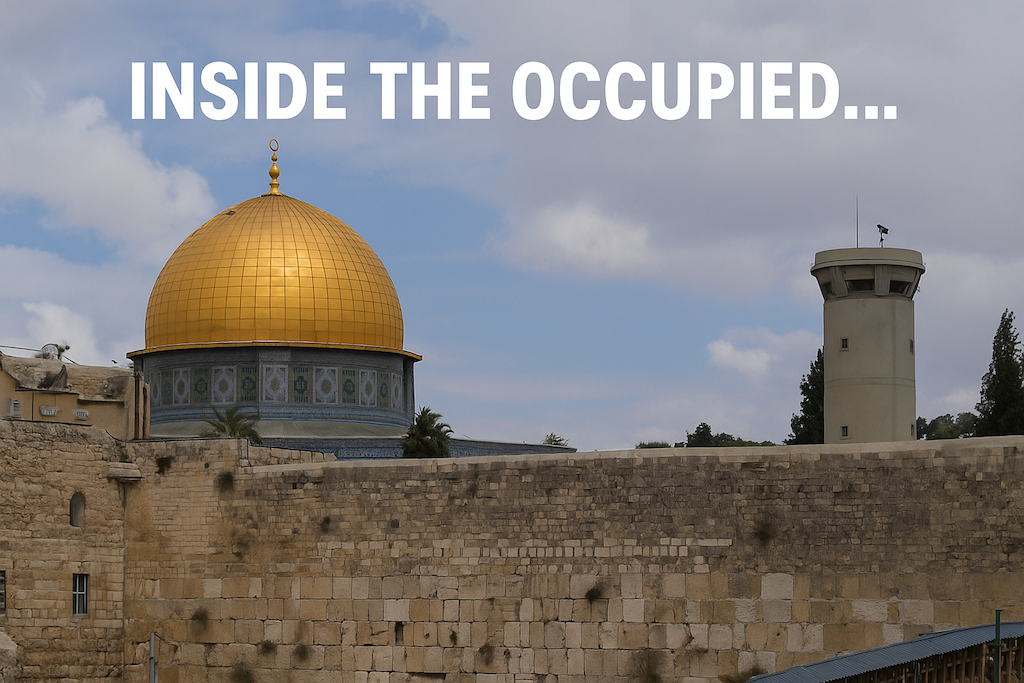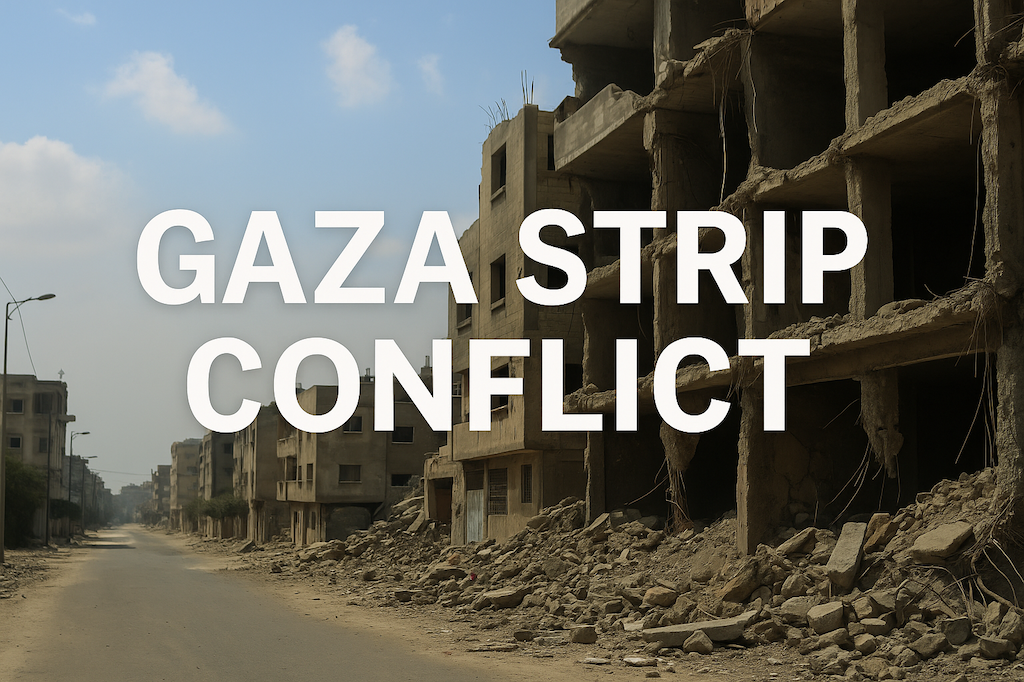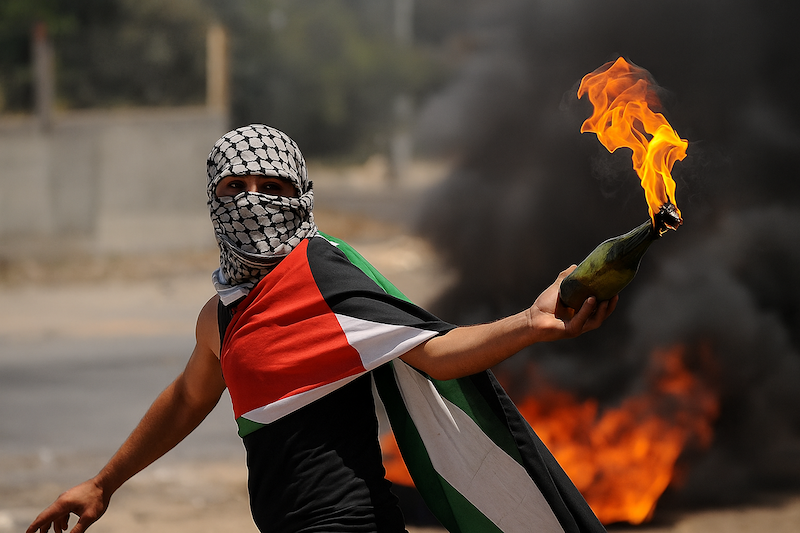When ceasefires between Israel and Hamas are announced, the world breathes a momentary sigh of relief. But the relief is often tragically short-lived. Rockets resume, airstrikes thunder, and civilians once again pay the price. The pattern is so repetitive that it has created a chilling predictability—a ceasefire today, a crisis tomorrow.
🔥 The Ceasefire Illusion
A ceasefire in Gaza is rarely a true end to conflict—more often, it’s just an intermission.
While temporary calm is achieved, fundamental issues remain unresolved:
- The blockade of Gaza
- Disputed land claims
- Security fears in Israel
- Ongoing military build-up by Hamas
Ceasefires frequently lack strong enforcement or impartial supervision, making them fragile understandings rather than lasting peace agreements.
🛑 A History of Collapses
Since 2008, there have been over 10 major ceasefire declarations between Israel and Hamas. Here’s why most of them collapse:
- Mutual Distrust
Neither side truly trusts the other. Each ceasefire is viewed as tactical, not transformational. - Trigger Events
Ceasefires are often broken by a single rocket, an Israeli airstrike, or a clash at the border, followed by disproportionate retaliation. - No Political Breakthroughs
Ceasefires are temporary because they are not backed by diplomatic agreements. There is no shared political vision. - Spoilers on Both Sides
Extremist elements often intentionally sabotage ceasefires—a fringe militant group fires rockets, Israel responds, and the ceasefire dissolves.
🚧 The Gaza Blockade: A Persistent Fuse
One of the most enduring sources of instability is the Israeli-Egyptian blockade on Gaza. In place since 2007, it severely restricts:
- Movement of people
- Import of construction materials
- Access to international markets
Hamas views the blockade as an act of war. Israel sees it as necessary for security. Civilians, however, endure crushing poverty and psychological trauma, making Gaza a powder keg waiting to explode.
🧨 Ceasefires as Military Strategies
Both Hamas and Israel have used ceasefires to regroup, reload, and reposition.
- Hamas often re-arms during truces, digging tunnels and enhancing missile capabilities.
- Israel uses quiet periods to develop new defensive systems like Iron Dome and collect intel for future operations.
In this context, ceasefires aren’t tools of peace—they’re part of warfare logic.
🤝 International Mediation: Too Little, Too Late
Ceasefires are typically brokered by Egypt, Qatar, or the UN. But without global enforcement, they’re just words on paper.
- No international peacekeeping forces
- No legal consequences for violations
- No mechanism to restart meaningful talks
As a result, even well-intentioned diplomacy becomes a revolving door of failed attempts.
🧭 Conclusion: More Than Just a Pause
A ceasefire that doesn’t address root causes is doomed to collapse. Until there is:
- An end to the blockade
- Political representation for Gaza
- Recognition of Palestinian statehood
- A serious Israeli commitment to long-term peace
…these agreements will remain fragile band-aids on a gaping wound.
The cycle will continue—until the world stops accepting ceasefires as peace and starts demanding something real.
